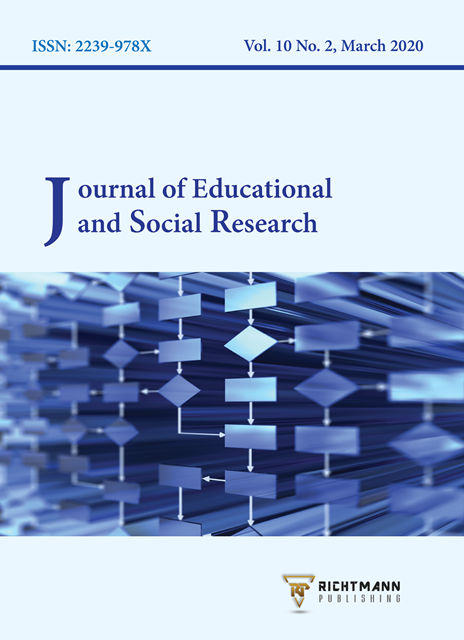Implications of Self- and Other-Representation in Representing Translation History: With Special Reference to the History of Translation in the Abbasid Era
DOI:
https://doi.org/10.36941/jesr-2020-0035Abstract
This study investigates two different ways of representing translation histories, namely, self-representation and other- representation. Moreover, this paper sheds some light on a part of the translation history during the Islamic golden age, specifically, the Abbasid Era. The current study analyzes two different books about the translation history during the Abbasid Era: O’Leary’s book (How Greek Science Passed to the Arabs, 1949) and Al-Khalili’s book (The House of Wisdom: How Arabic Science saved Ancient Knowledge and Gave Us the Renaissance, 2011). The purpose of the analysis is to gain a hint about how people write the history of translation and what factors, either cultural or ideological, interfered in shaping that history. Moreover, considering Al-Khalili’s book as an example of self-representation and O’Leary’s book as an example of other-representation should help in revealing types of convergences and divergences between these two books in representing translation history. The results of the analysis show that there were instances of convergences and divergences between these two books in representing translation history.
Downloads
Downloads
Published
Issue
Section
License
This work is licensed under a Creative Commons Attribution-NonCommercial 4.0 International License.









